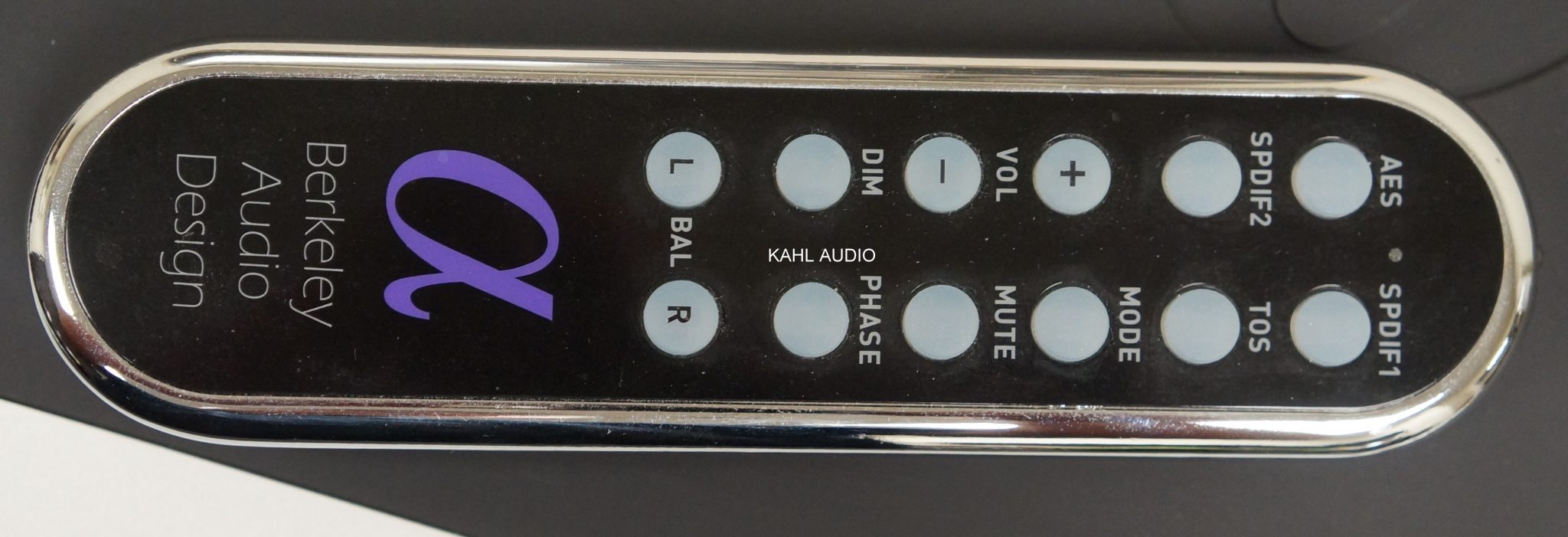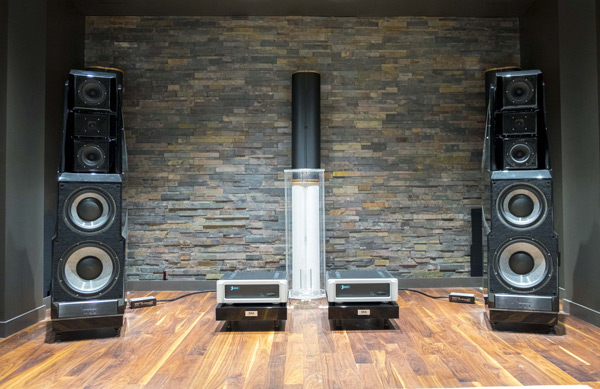

- #Absolute sound reference recordings pdf#
- #Absolute sound reference recordings professional#
- #Absolute sound reference recordings series#
- #Absolute sound reference recordings tv#
#Absolute sound reference recordings series#
It shows the first arriving sound and then a series of reflections coming at different times from different directions and different intensities over a period of 1/3 second after the actual event. The link I referenced on several other threads gives some remarkable insight into what’s happening at one particular spot in one room.
#Absolute sound reference recordings pdf#
If you want to read just one paper I recommend Leo Beranek’s paper published in 2003 available as a free pdf download on his web site. Right now they have a confused tapestry of different parameters which are often incoherent and contradictory. This is why I read their technical papers, they give me insight into how those who have worked most at it think about the phenomena and problems of acoustics. This can be seen from studying what acoustic scientists understand. The state of the art of this process is limited by the accuracy of the model and the measuring methods. The ability to mathematically model the physics of sound and the ability to make measurements of both the original and duplicate event and compare them defines accuracy. In a laboratory it’s an entirely different matter altogether. This is why I’ve come to realize the term “accuracy” doesn’t fit well to describe these kinds of sounds coming from recording/playback systems. There is no reference even from memory to compare it to. In what I call manufactured music, the electrical signals and other mechanisms deliberately distort what landed on the microphones to create a more pleasing product but at the price that it won’t resemble anything that happened in the real world. In audio, this could be theoretically possible only for what I’ve called documented recordings where an honest attempt was made to faithfully record an event and present it with accuracy. Switch to another channel and they’d look purple. You adjusted flesh tones on one channel to look right and on another channel they’d look green.
#Absolute sound reference recordings tv#
This is analogous to what we had with analog color TV in the early days before there was a VIR signal. Without this data adjustments for variables in the recording process can only be made manually from memory. This is information about the recording characteristics itself.

First and foremost what might be called metadata of an actual event is not incorporated into recordings.
#Absolute sound reference recordings professional#
We may think there is, but it’s merely an illusion we like to keep alive to help us through the day.Īt the level of consumer hi fi equipment, professional sound systems, and even advanced experimental sound systems in a home this is true. This means there’s no real absolute reference in our heads to judge by. We weren’t even aware of the grit before placing this device into the setup. But then we placed that tuning bell into the setup and an entire layer of grit was removed. When we were in Munich at the high end show the system sounded quite good on the Raidho’s and I probably wouldn’t have wanted to change a thing. Fact is, we adjust to our surroundings and our judgments move relative to our surroundings and circumstances.


Now clean both sides of the window and notice how much better the view is. If the window’s relatively clean, it’ll look just fine. Here’s an example: look out the window where you are sitting right now. Have you ever noticed that something can be “perfect” until you hear it slightly different? What you thought was right changes almost instantly when you hear it from another angle, or through a slightly different lens.


 0 kommentar(er)
0 kommentar(er)
